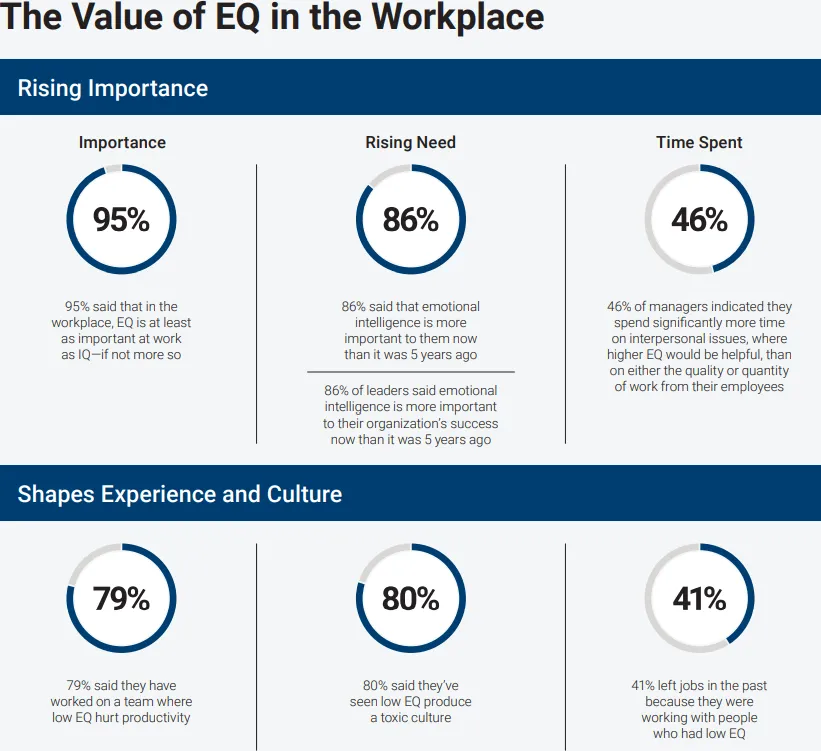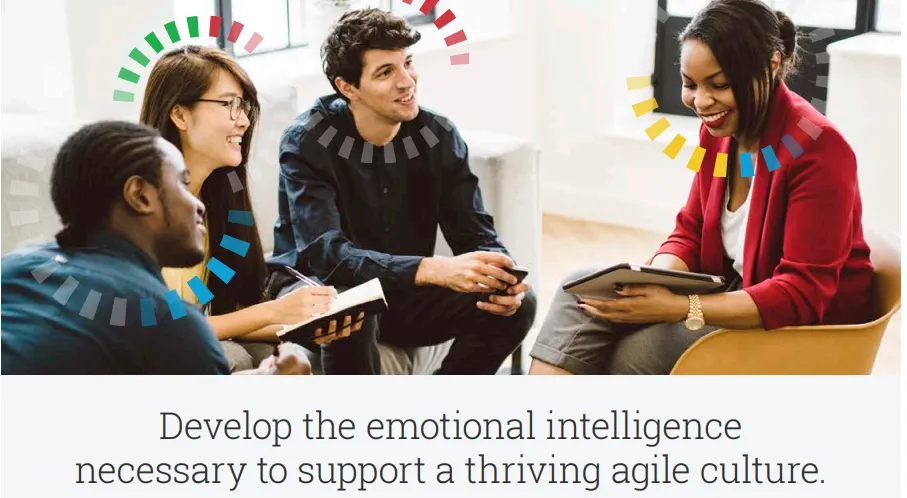Agility Unlocked
Revealing the Connection Between Agility and Emotional Intelligence
In This Issue
- Agility Unlocked:
- Revealing the Connection Between Agility and Emotional Intelligence
- The Psychology of the Agile Worker
- Agility May Be the Key 21st-Century Competency
- The Value of EQ in the Workplace
- Introducing Everything DiSC® Agile EQ™
The Rise of the Agile Organization
“Agility” is more than a buzzword in the workplace today; it’s a requirement. Organizations have to be ready for challenges they couldn’t have imagined five years ago. And every smart company you can think of is undergoing agile transformation.
Why are organizations eager to become more agile, flexible, and resilient? Because the marketplace is being constantly reshaped by powerful macro forces:
- groundbreaking technology,
- unprecedented workforce diversity, and
- relentless competition.
And then there are the real human and economic game changers utterly beyond our powers to predict much less control.
Agility may be the key 21st-century competency
Today, companies need to be primed for VUCA—volatility, uncertainty, complexity, and ambiguity. Thriving in the modern world of work demands it.
Maybe you’ve helped your organization become more agile by flattening the hierarchy, introducing agile project management, or emphasizing flexibility and teamwork in hiring. But consider the big picture.
In a 2020 Wiley survey of 2,500 professionals, 95 percent of managers, directors, and executives said that agility—the ability to adapt quickly and easily—is more important to their organization’s success than it was five years ago.
Do your people have the tools they need to cope with whatever comes next, logistically, and emotionally? As you build your agile workplace, do you know what you’re asking of employees?
The Psychology of the Agile Worker
So, what can we expect from workers who’ve developed their agility? At all levels, they employ their personal authority to make decisions and manage everyday changes. Agile workers demonstrate core social and emotional strengths that make teamwork and problem solving possible. The elements of emotional intelligence—another hot topic today—are the building blocks of agility.

The Value of EQ in the Workplace
There’s a growing recognition of the value of emotional intelligence in the workplace. In Wiley’s Agile Organization survey, 97 percent of supervisors, managers, directors, and executives said that emotional intelligence is crucial to an agile workforce.
But how does emotional intelligence support agility? Emotional Intelligence refers to the ability to read the emotional and interpersonal needs of a situation and respond appropriately; agility is the ability to do that even if it’s difficult.
How can organizations develop the emotional intelligence necessary to support what they most need today—a thriving agile Culture?
Introducing Everything DiSC® Agile EQ™
What’s the best way to nurture EQ at work and grow agility in an effective scalable way? Wiley’s new Everything DiSC® Agile EQ™ program is one answer. It’s an assessment grounded in the proven DiSC Dimensions of Behavior model. Boosting EQ and becoming more agile is like building a muscle, and the Agile EQ assessment outlines the exercises that will lead to growth for everyone.
Today’s workforce may be perfectly suited to today’s challenges. But what about next year’s? Everything DiSC Agile EQ helps organizations and people adapt to the future—whatever it brings—so that when it arrives, they’re ready.
Get the Full Story
Click on the link below to get the 12-page e-Book, “Agility Unlocked: Revealing the Connection Between Agility and Emotional Intelligence” and learn more about Everything DiSC Agile EQ.
CLICK HERE To Be Redirected to the Free e-Book and Short Informational Video

